|
How are your Victory Gardens 2020 coming along? Greetings Roaring Fork Valley Gardeners!
Cathy Click, here. Our vegetable plot at home is mixed: something with a delicate palate is happily devouring all our attempts at lettuce. Not kale, not radishes, but the really pretty light green butter and mesclun lettuce. I’m thinking that pots might be the answer there. The Library still has plenty of seeds available! In addition to a few more Victory Garden variety packs, we have piles of beans and herbs. And squash, melons, and greens. If you are looking for additions to your own vegetable garden, please contact the Library, and we’ll get it to you if we have it. Below is an abbreviated list of ready-to-go seeds.
4 Comments
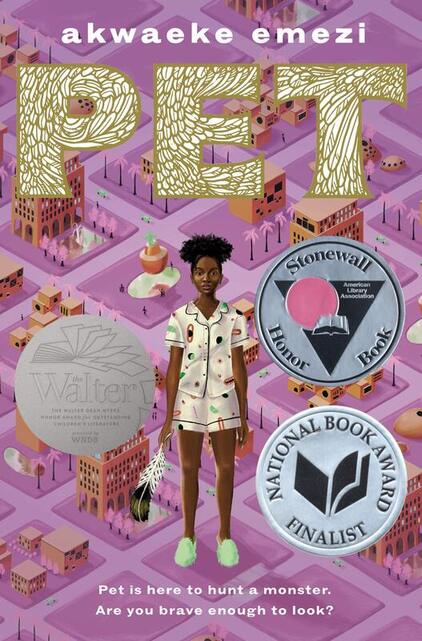 Pet by Akwaeke Emezi In their debut YA novel, Pet, Akwaeke Emezi tells the tale of a teen seeking uncomfortable truths in the seemingly utopian city of Lucille. Set in the near future of “anyplace America,” Jam awakens a monster-hunting-monster from one of her mother’s paintings. This new “pet” warns her of danger lurking in her best friend, Redemption’s house. Jam is desperate to protect Redemption and his family, but how do you save the world from monsters if no one will admit they exist? When the adults in her life insist all monsters were destroyed years ago, Jam and Pet must discover the truth and save Redemption on their own. Throughout the book, Emezi encourages readers, as Pet encourages Jam, to see things as they really are. This often means choosing to see things that make us uncomfortable, to seek truths even when they are painful. This message feels timely amidst a global pandemic and public disagreement about what is true and what is “fake news.” While the plot of Pet does not focus explicitly on LGBTQ+ issues, Emezi (who themselves identifies as non-binary) subtly encourages readers to evaluate their own biases surrounding gender, sexual orientation, and family structure. While Jam is the only child of a heteronormative couple, Redemption and his siblings are raised by a mother, a father, and a third non-binary, loving parent. Several chapters in we learn Jam is transgender, but it’s mentioned more in passing than as a significant plot point. By creating a world where queer families and characters are treated like any other, Emezi has written a poignant book that queer young adults can see themselves in. While Pet is by no means an easy summer beach-reader, I highly recommend this award-winning novel to older teens and adults brave enough to look – even when the truth isn’t what we had hoped. -Kristen 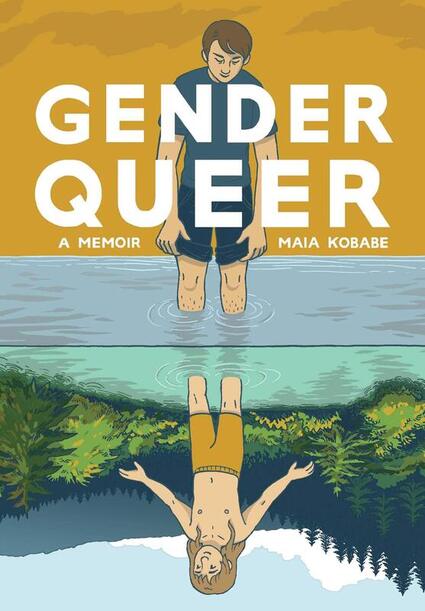 Gender Queer by Maia Kobabe Gender Queer, a graphic novel memoir by Maia Kobabe, shares the story of a young person struggling to find emselves* in traditional gender identities and sexual orientations. On eir* path to identifying and coming out as a non-binary asexual person, Kobabe explores themes of gender dysmorphia, queer friendship, and family. With a simple and expressive style, Kobabe illustrates the common experiences of middle school sex-education, first kisses, and leaving home for college through a non-binary lens, giving cis-gendered readers a different perspective of adolescence. As Kobabe ages throughout the graphic novel, e* strives to learn more about emselves*, gender roles, pro-nouns, neuroscience, and queerness. These stories in turn educate readers without feeling like a text book. Kobabe’s ability to share this knowledge makes Gender Queer just as much an empathetic guide for young queer people as it is a memoir. Equal parts funny, cute, heart-breaking, and enlightening, this book is a quick read I highly recommend for queer young adults and those who support them. *The author Maia Kobabe uses the non-gendered Spivak pronouns e, em, and eir, as in “Ask em what e wants in eir tea.” Learn more about these pronouns and others by reading Gender Queer! -Kristen Create a Miniature Landscape in a Mason Jar! A terrarium is a tiny garden planted inside a glass container. We love terrariums because they look like miniature storybook worlds that could be inhabited by gnomes or fairies. Below, we've included instructions for the basics of planting a terrarium. If you would like to learn more about the best types of plants to use and the science behind terrariums (they create their own water cycle!) we recommend this activity page from NASA's Climate Kids website. For information about plants that are especially ideal for closed terrariums, check out this article from Happy DIY Home. Let's get started! Materials:
Instructions: Step One: With a small enclosed terrarium like this one, drainage is very important. Layer the bottom of the Mason jar with some small stones to help the water drain away from the soil. Step Two: Next, add a thin layer of soil on top of the stones. Step Three: Remove the small plant from its pot and place it in the Mason jar. Fill in the area around the plant with more soil, then top off the soil with another layer of stones. Step Four: You can add some cute embellishments to your terrarium. Look around your house and see if you have any tiny objects that you can use to add a touch of whimsy! Step Five: Place the ring part of the lid back on the Mason jar to give it a finished look, but make sure to leave the flat lid off so that the terrarium will have some airflow. Display your terrarium in a sunny spot, and occasionally water it with mist from a spray bottle. Looking for more fun creative activities this summer? Use your Basalt Library card to access arts and crafts classes from CreativeBug!
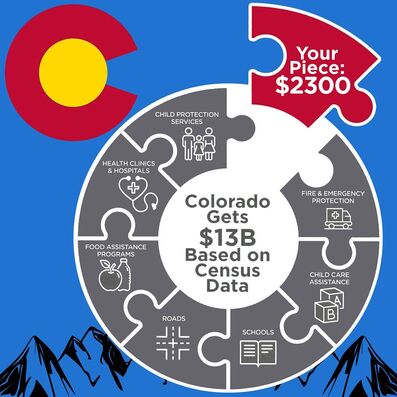 The Basalt Regional Library District is one of the critical response areas in all of Colorado for the 2020 Census. Our community brings together rural populations, non-native speakers, seasonal residents, and digital challenges—all the impediments to getting a complete census count. Fortunately, the Library has partnered with the Together We Count committee to ensure everyone is counted in 2020! The census is the only federally mandated program for all residents of the U.S. This is not a citizenship survey. It is a COUNT of every resident, from ages 0 to110. And for each resident, the state of Colorado receives approximately $2300 in annual funding to support our schools, public health services, employment programs, and food banks. As we know from this spring, every one of us may depend on services such as these without a moment’s notice. The BRL District is unique in that we include parts of unincorporated Pitkin and Eagle counties. As of June 15, both counties are lagging behind in responding to the 2020 Census. We can change that together. Click here to fill out the 2020 Census. It’s available in 25+ languages! Let’s all take a few minutes to complete the survey and support our community. Transform a toilet paper tube into a fire breathing dragon! This project is adapted from onelittleproject.com/paper-roll-dragon-craft. MATERIALS: 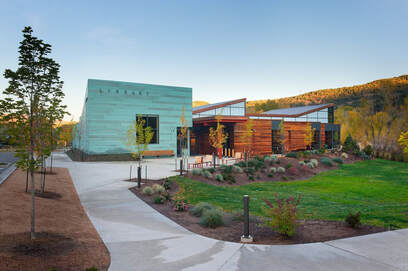 The devoted team of staff at your Basalt Regional Library have been working hard to bring library services back to the community in a safe and responsible phased approach. We thank you for your support and patience as we implement new “chapters” of service in accordance with the best practices of social distancing and safety. With the needs and safety of our community in mind, we are moving forward with utmost care. Public Libraries are extremely high-touch environments where there is minute by minute public handling of materials, computers, printers, furniture and bathroom fixtures. Every effort is being made to have protocols and safety equipment in place prior to reopening so that the public and our staff are safe. On a typical summer day, at least 400 people walk through our doors. Social distancing and maintaining proper sanitizing protocols in a public library is a challenging and complex task. While our physical building remains closed, we want you to know that we are still here for you. Librarians are available by phone and email Monday through Saturday from 10am-5pm and can assist with placing requests for curbside pickup, recommend a good book, answer reference questions, provide technical help and walk you through accessing our digital collections and resources. We will continue to offer virtual programs, including our Summer Reading Program for all ages. The Basalt Regional Library stands with its community in the pursuit of knowledge and practice of democracy. It is our collective responsibility to learn (and unlearn), respect, and engage with each other. In this way will we create a legacy of inclusivity and equity, and justice for all. The below adult nonfiction titles are available in the Basalt Regional Library collection in various formats. Click on the book cover to view the title in our online catalog and place holds. There are many more titles to consider in this genre. Ask a librarian by calling 970-927-3411, and we can research further to your specifications and interests.
Welcome to virtual Wacky Wednesdays! With Summer Reading this year centered on the theme of fairy tales, what better way to start than with creating fairies? Inspiration for this craft came from The Craft Patch blog. We have adapted the instructions to better suit the materials in the craft kits provided by the library. The original craft can be viewed here: www.thecraftpatchblog.com/clothespin-flower-fairy-craft. MATERIALS: “Don’t only practice your art, but force your way into its secrets, for it and knowledge can raise men to the divine.” -Ludwig van Beethoven Hello Music Lovers of the Valley,
In our previous Music at the Library post, pianist Amanda Gessler, who had been scheduled to give a performance of Beethoven's late piano sonatas at the library this spring, shared her experience studying the works of Beethoven with noted authority and widely recognized pianist Richard Goode, who encouraged Amanda "to really live the piece while one is playing it." I think we all would agree that Richard Goode was realizing Beethoven’s advice, "force your way into its secrets, for it and knowledge can raise men to the divine." As Amanda’s comments suggest, there are infinite layers of expression and understanding in this music. As you listen to the recommended YouTube performances of Op. 109 and Op. 11, here are some elements of music that define compositions of Beethoven’s late style (1800-1828). In the piano sonatas Beethoven extensively explored the coloristic qualities of the piano, including highest and lowest ranges and applying a wide range of dynamics in both. He worked out themes and motives to their utmost potential with variation technique epitomizing his late style. The extensive use of fugal texture reflects his lifelong reverence for the music of J.S. Bach. His command of new sonorities seems unlimited; some deemed unsuccessful and performability questioned. But whether we approve or condemn, we have no reason to think Beethoven with perfect hearing would have altered a single note. The unprecedented rhythmic visions, the formal innovations, and the technical demands of these sonatas bid farewell to the sonata form as defined by the early classical period. Beethoven definitely represents the high romantic period with one leg in the past. |
Adult News & reviewsLibrary news, info about upcoming events, reviews of books and films, and a look at the topics that affect us as a library. Archives
July 2023
|
General |
Borrowing |
About |

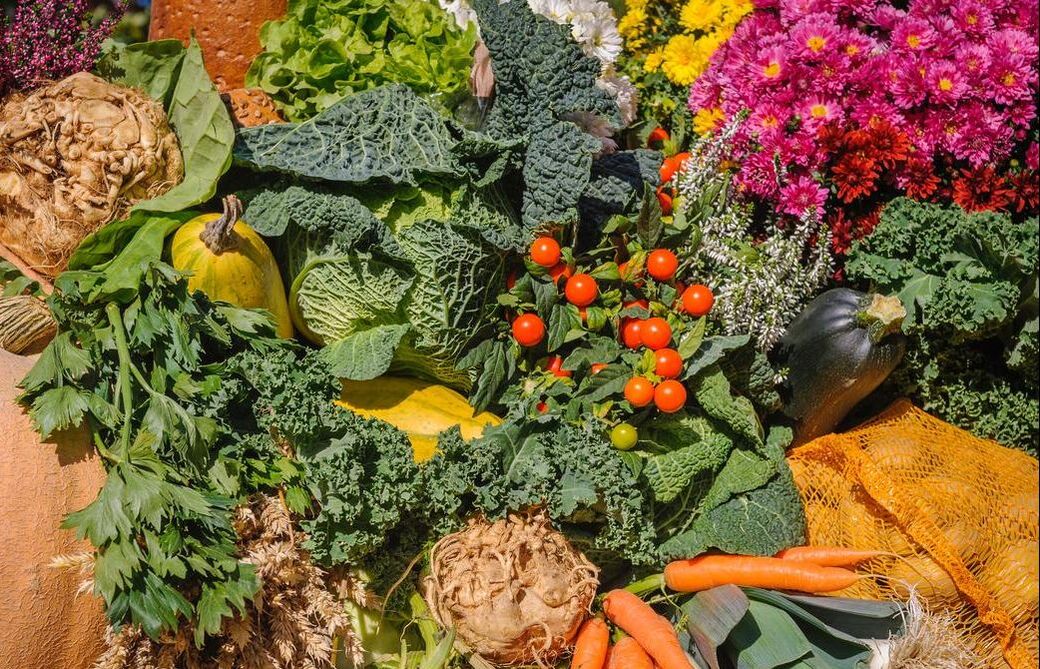
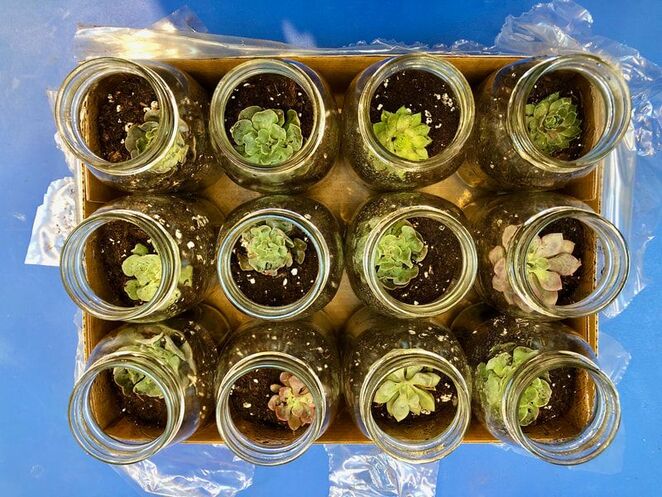
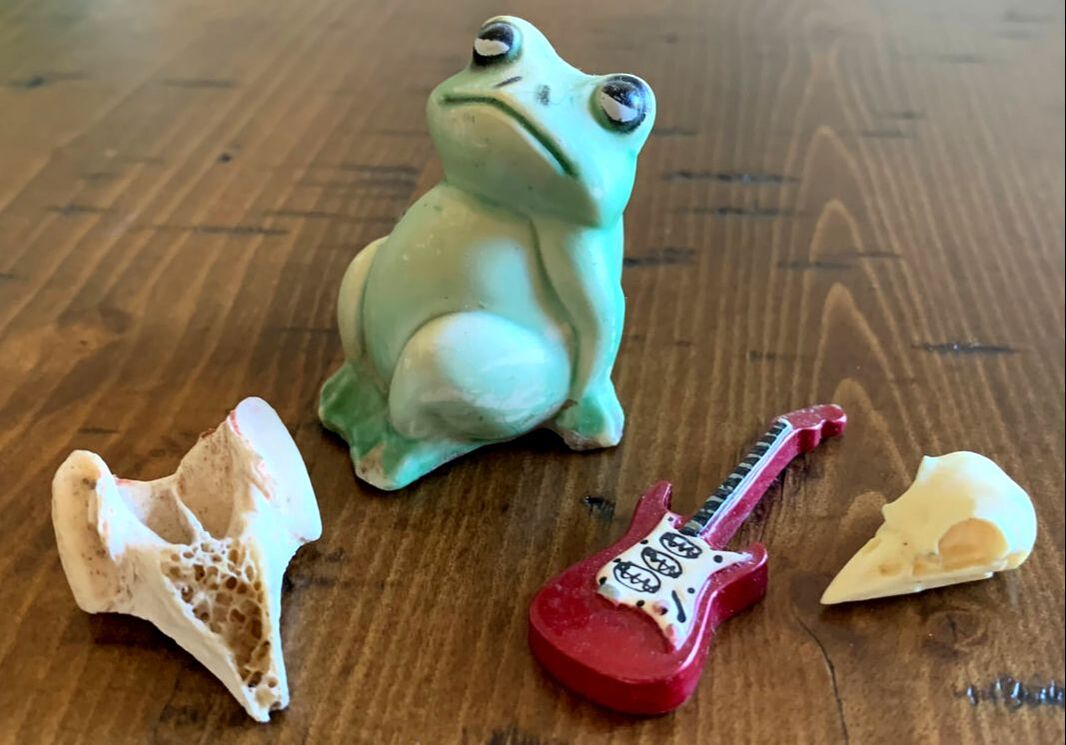
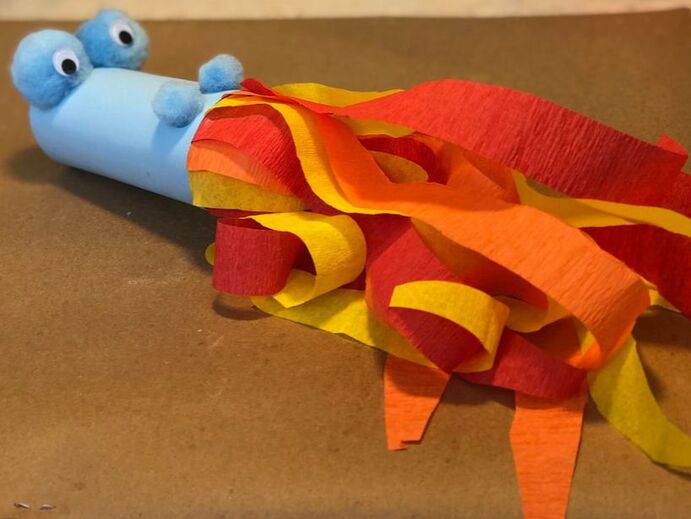
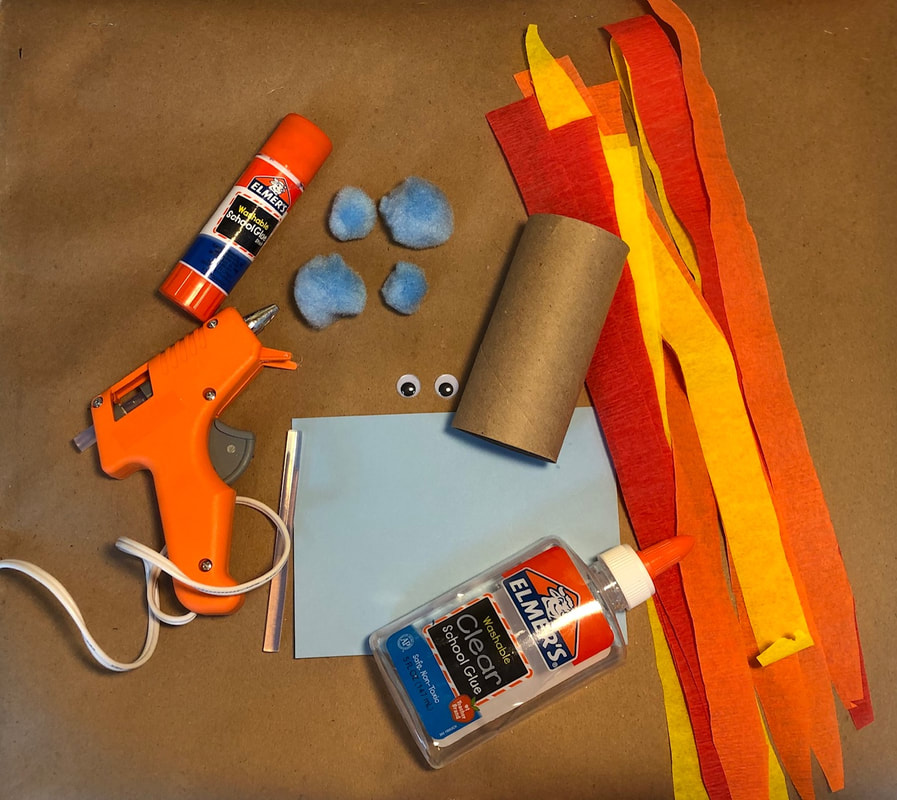
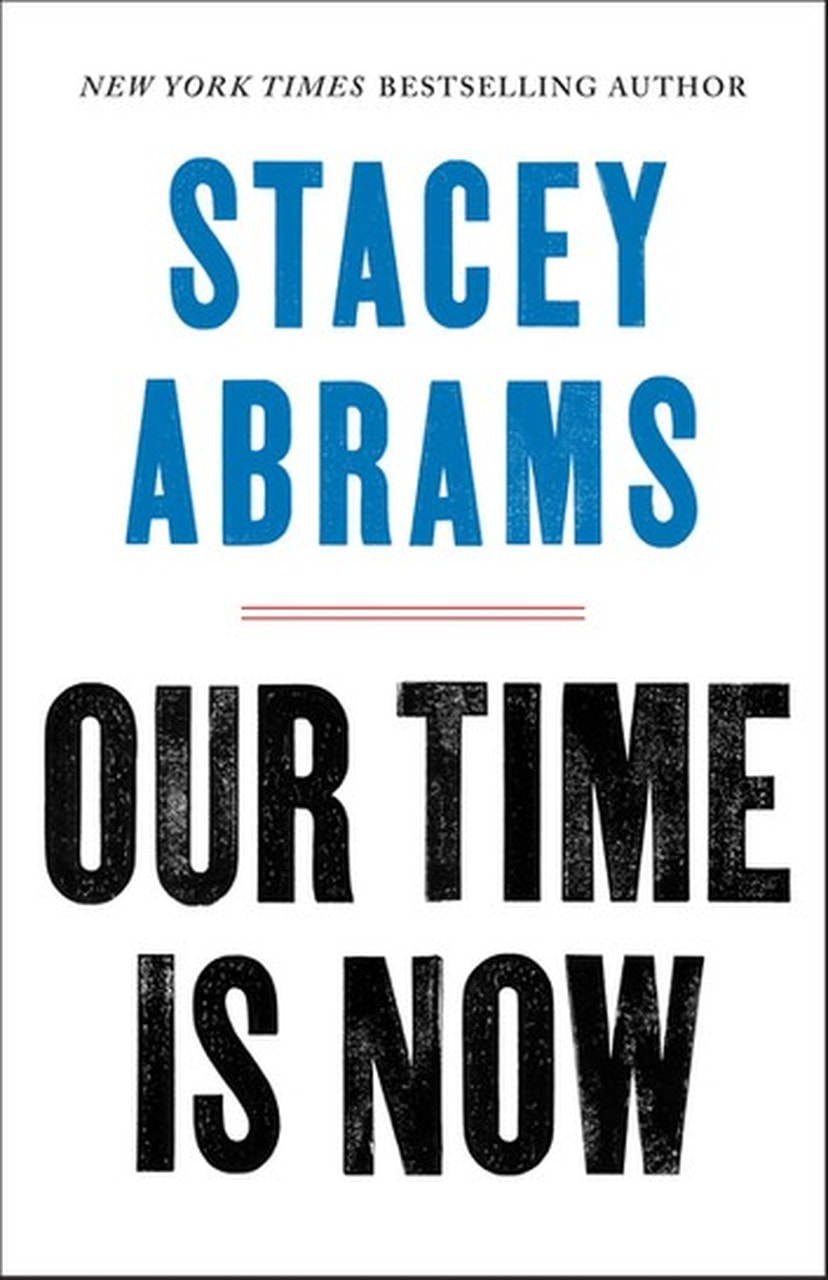
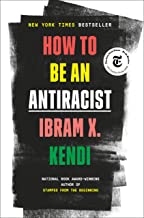
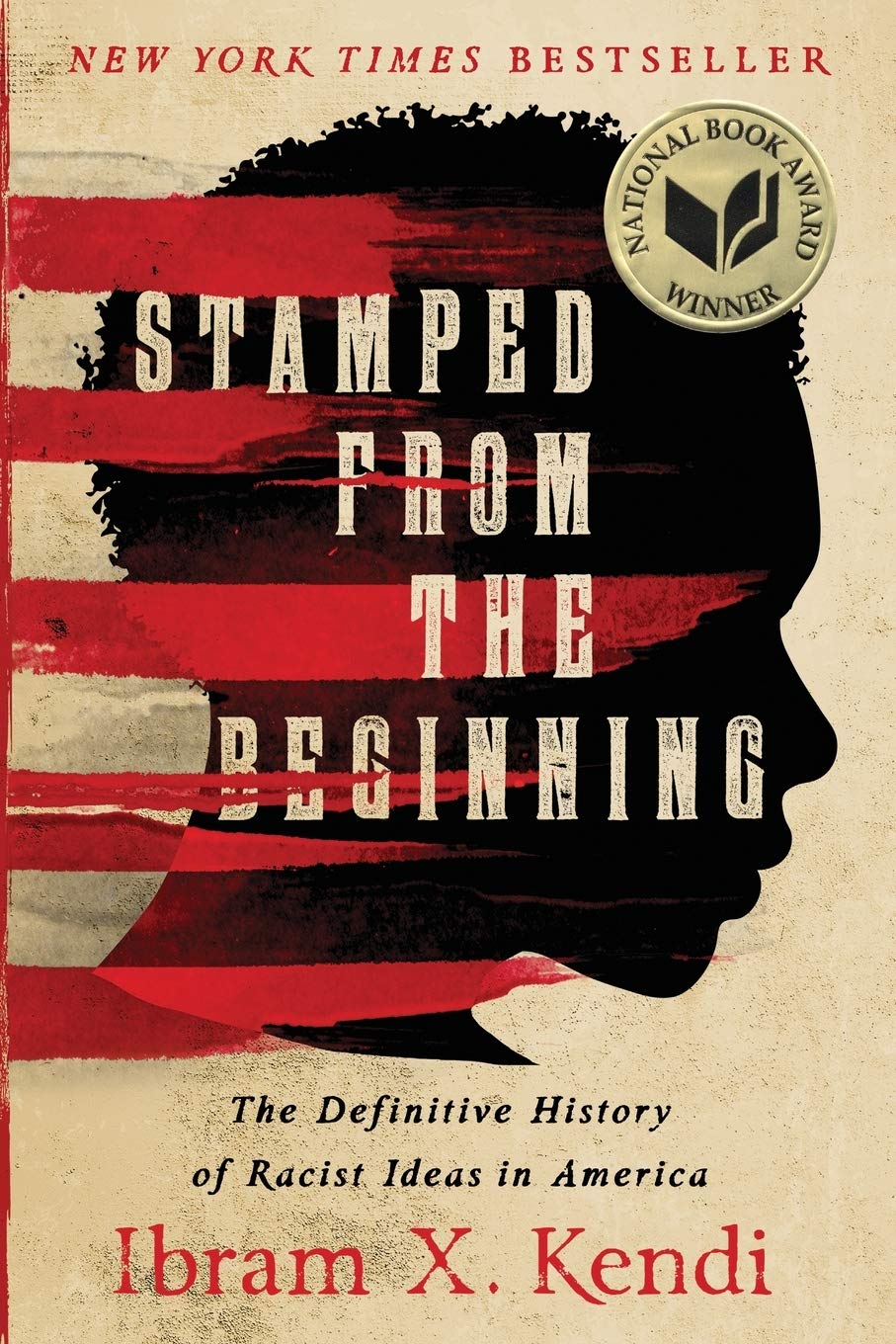
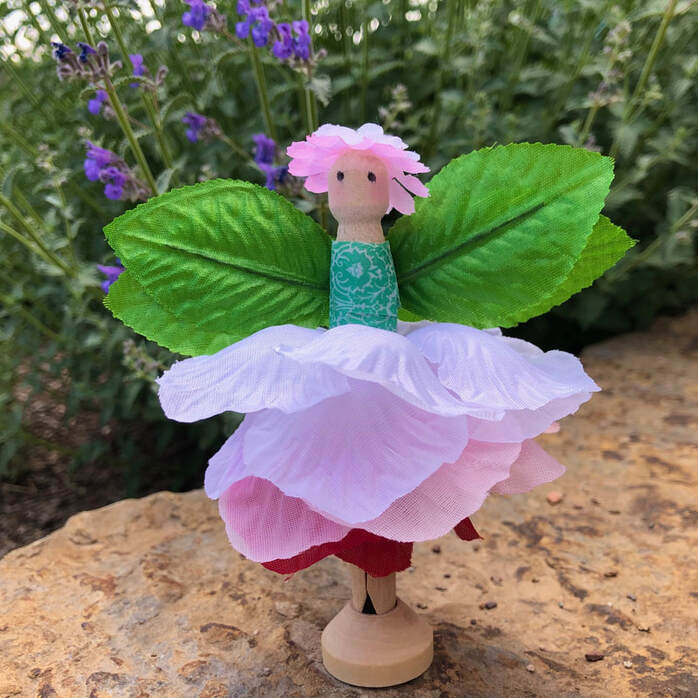
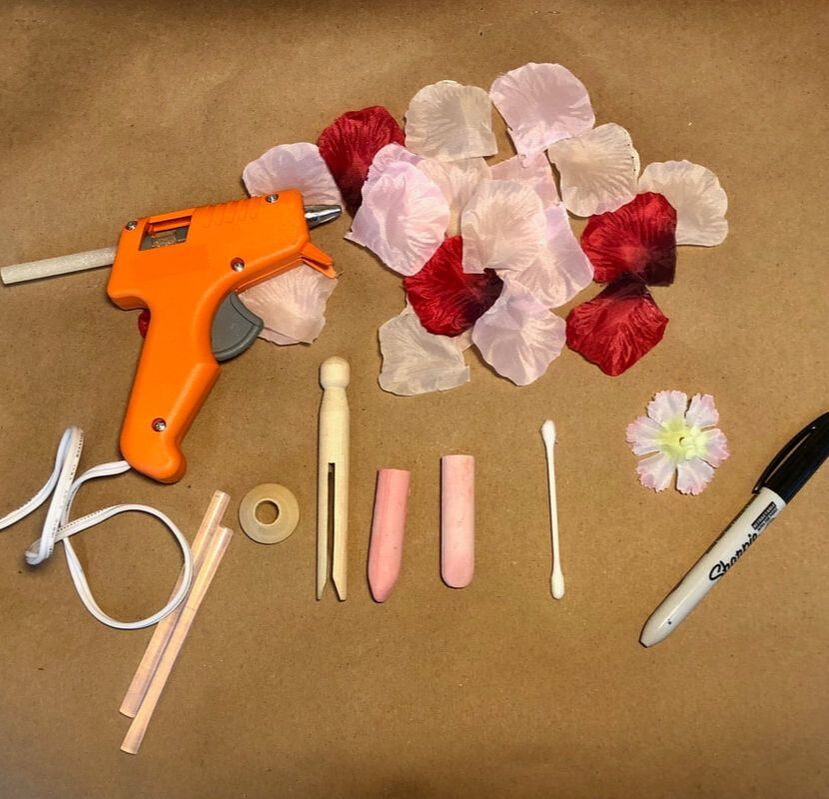

 RSS Feed
RSS Feed
